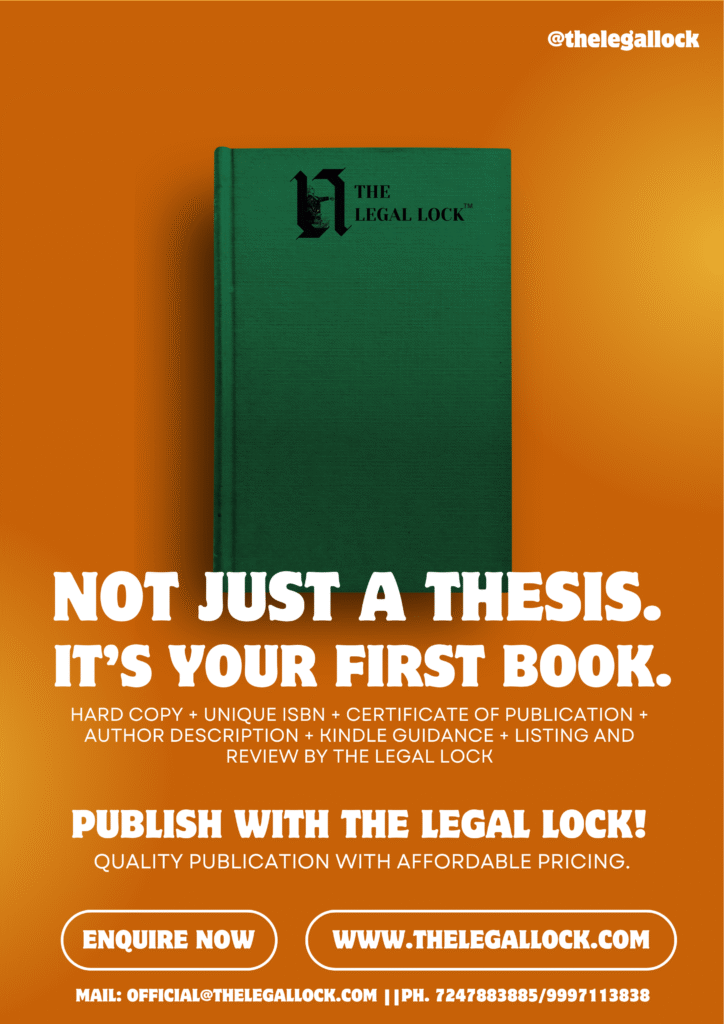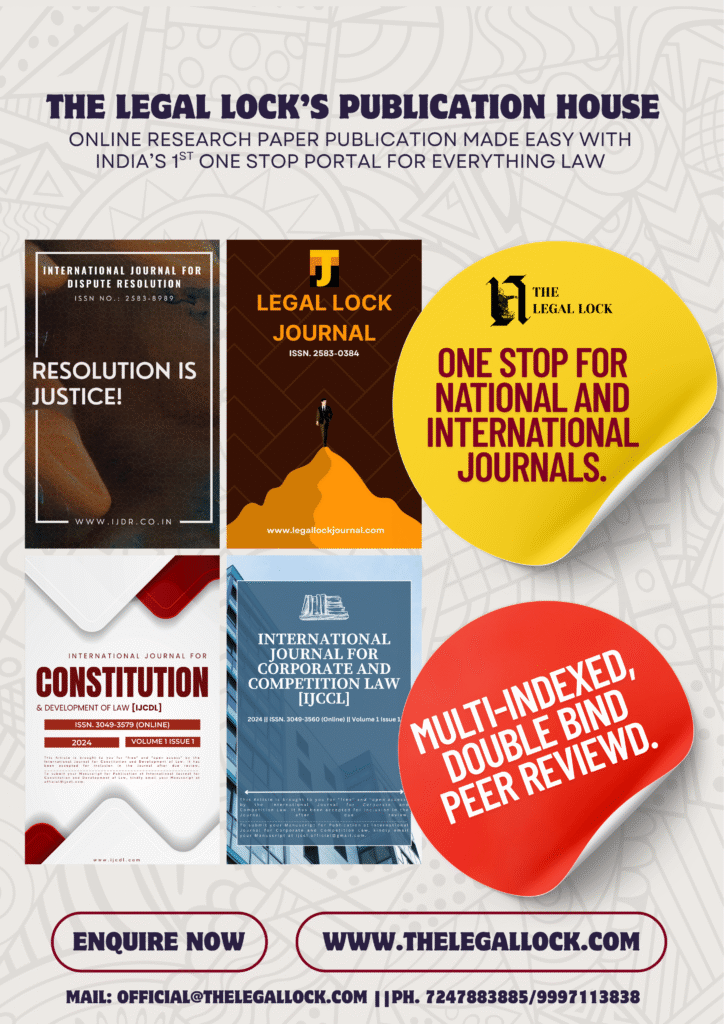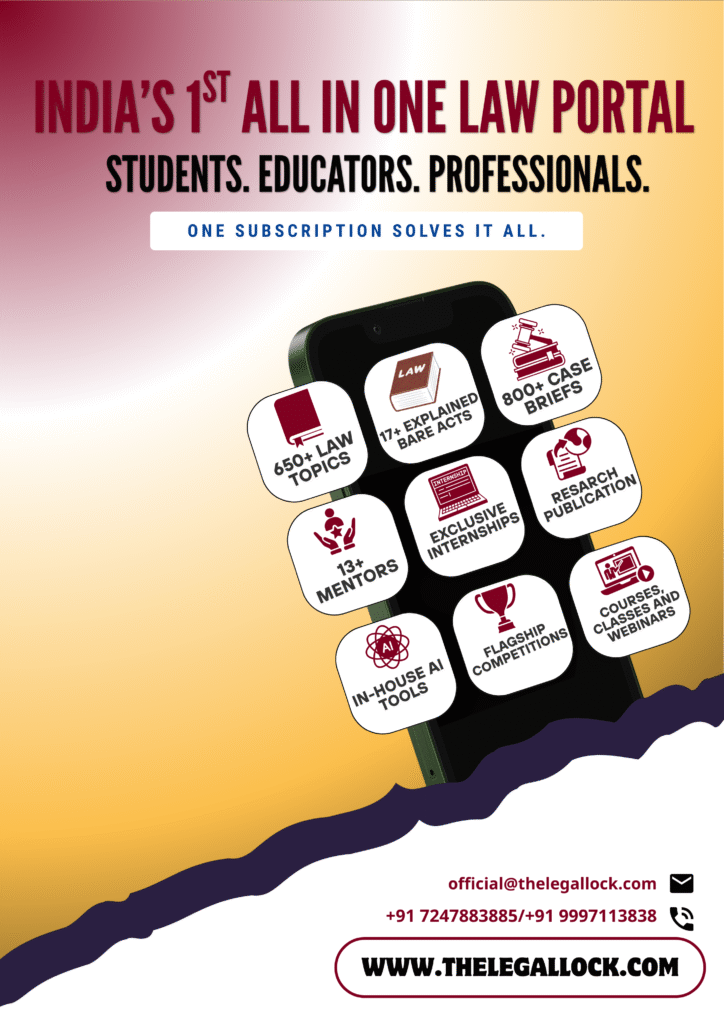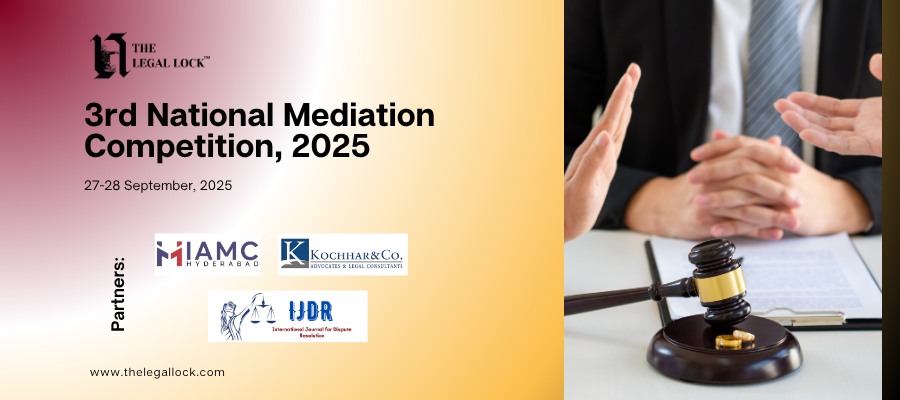Case Brief: Vivek Narayan Sharma v. Union of India
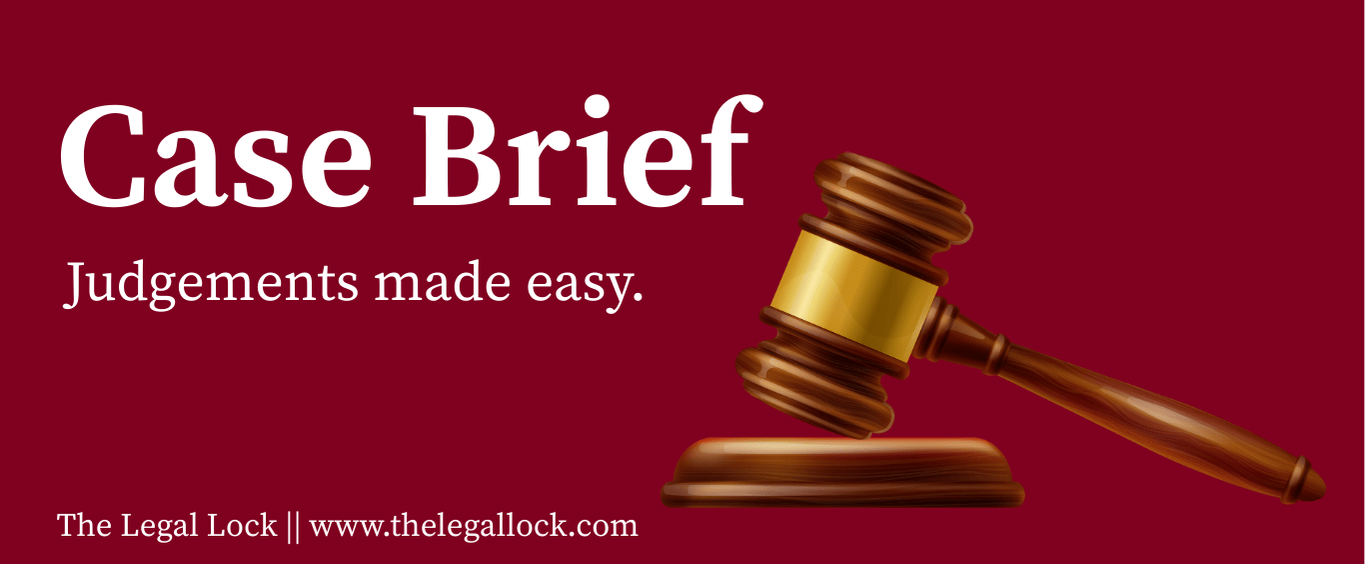
| Case Name | Vivek Narayan Sharma v. Union of India |
| Citation | Writ Petition (Civil) No. 906 of 2016 |
| Court | The Supreme Court of India |
| Bench | Justices S. Abdul Nazeer, B R Gavai, A S Bopanna, V Ramasubramanian, and Justice B V Nagarathna |
| Appellant | Vivek Narayan Sharma |
| Respondent | Union of India |
| Decided On | January 2, 2023 |
Introduction to the Demonetization Case: Vivek Narayan Sharma v. Union of India
The Indian government decided to demonetize the ₹500 and ₹1000 Specified Bank Notes (SBNs) in 2016. This choice was made in order to eradicate counterfeit money from the economy, monitor the accumulation of unreported wealth, cease funding terrorism, and put an end to subversive actions such as drug trafficking.
The Reserve Bank of India has released new notes worth ₹500 and ₹2000. People encountered difficulties during this time of change, namely those whose primary form of payment was cash. They had to deal with the slump in the economy, swap notes, and adjust to new procedures. This example raises questions about demonetization, to which the government has promptly responded. In this instance, the legality of demonetization (including the initiating process and participation in decision-making) is examined.
Facts
- In accordance with its authority under subsection (2) of section 26 of the RBI Act, 1934, the Central Government declared on November 8, 2016, that the ₹500 and ₹1000 notes will no longer be accepted as legal money as of November 9.
- By 13:00 on November 10, 2016, all banking institutions and the government treasury were required to report how much of those specific notes they held.
- People could pay with it in certain locations through November 11th, 2016. Or you might return it until December 30, 2016. The exchange limit was initially set at ₹4000, but it was later raised to ₹50,000 for accounts that did not comply with KYC, while there was no limit for those who did.
- The Honourable President of India issued an ordinance on December 30, 2016, titled Specified Bank Notes (Cessation of Liabilities), 2016. Additionally, a letter was sent out allowing Indian citizens to trade till March 31, 2017. Foreign Exchange Management (Export and Import of Currency) Regulations, 2015 allowed NRIs to exchange up until June 30, 2017.
- On February 27, 2017, the president signed the legislation into law, which became known as the Specified Bank Notes (Cessation of Liabilities) Act, 2017. The Government was released from all obligations and guarantees associated with SBNs under Section 3 of the 2017 Act. For certain qualified individuals, such as those who were outside of India during the 52-day exchange period, Section 4 allowed for a grace period. They might submit declarations or statements to the RBI, which would determine the legitimacy of the justifications, verify KYC compliance, and determine whether or not to credit the money. They have 14 days to appeal to the RBI’s Central Board if they are denied.
- Since Section 4 does not apply to those who were outside of India but had SBNs issued there, several persons were unable to take advantage of the extended term. This writ petition was the outcome of these and other concerns over the legality of the demonetisation.
Issue raised
The Constitution Bench reframed the Supreme Court’s nine questions, which were supposed to be decided by a bigger bench, on December 16, 2016, into the following six issues:
- Is it possible to limit the authority granted to the Central Government by Section 26(2) of the Reserve Bank of India (‘RBI’) Act, 1934 to only apply to a specific series of bank notes and not the entire series, given that the word “any” appears before the series in the sub-section and was specifically used in the previous two instances when the demonetisation process was carried out through plenary legislation?…
- Should it be determined that the authority granted by Section 26(2) of the RBI Act encompasses all bank note series, will the Central Government’s authority be deemed to impart undue delegation and therefore require invalidation?…
- Is it possible for the challenged notification from November 8, 2016, to be overturned on the grounds that the process used to make the decision constituted legal fraud?
- Is it possible for the contested notification from November 8, 2016, to be invalidated using the proportionality test?
- Is it possible to argue that the time frame stipulated in the contested notice for the note exchange was unreasonable?…
- Irrespective of the provisions of Sections 3 and 4 (1) of the Specified Bank Notes (Cessation of Liabilities) Act, 2017 (the “2017 Act”), does the RBI have the authority to accept the demonitization of notes after the time frame given in the notification issued under Section 4(1)?
Arguments of the Appellant
In his argument on behalf of the petitioners, Shri P. Chidambaram, an experienced senior counsel, stated that demonetizing “all series” of notes of a specific denomination would not be permitted under the correct interpretation of paragraph (2) of section 26 of the RBI Act. Additionally, the prefix “any” before “series.”
The learned counsel stated that whenever it was necessary to demonetize “all series” of a specific denomination, it was done so by a separate enactment of the legislature, citing the two previous demonetization events (1946 and 1978). The knowledgeable attorney additionally submitted
Additionally, the learned counsel argued that the decision-making process had a fault and that as a result, the Hon’ble Court might scrutinize and evaluate it. Additionally, it was claimed that because the central government was the only one to commence the process in this instance, the reverse technique was used.
Arguments of the Respondent
The Attorney General, Shri R Venkataramani, stated that the notification is valid as long as it is supported by the 2017 Act. Any attempt to do the same would fail. The learned Attorney General further argued that in section 26(2) of the RBI Act, the term “any” that comes before the phrase “series of bank notes” must be interpreted as “all.” Additionally, it is false to argue that it would not mean “all.” Additionally, he contended that it is completely incorrect to draw comparisons between the demonetizations of 1946 and 1978 and the demonetization of 2016.
The RBI was represented by learned Senior Counsel Shri Jaideep Gupta, who argued that section 26(2) of the RBI Act itself contains an inherent safeguard requiring the Central Government to exercise its power only upon the Central Board’s recommendation. Additionally, Shri Gupta argued that the court lacked the authority to consider the policy’s benefits and drawbacks unless it was determined that the policy violated any statutory or constitutional provisions.
Judgment
The Central Government may exercise its authority over any series of bank notes, the court said, in accordance with Section 26(2) of the RBI Act. Furthermore, just because it was accomplished through plenary legislation on the previous two occasions does not preclude the Central Government from using such authority in accordance with section 26(2). Because the requirement that authority be used only on the Central Board’s recommendation serves as a safeguard in and of itself, section 26(2) of the RBI Act does not allow for excessive delegation.
Additionally, the notification passes the proportionality requirement, therefore it cannot be rejected on that basis. It is impossible to argue that the time frame for exchanging the notes was unreasonable. According to section 4(2) of the 2017 Act, the Reserve Bank of India lacks the autonomous authority to accept the demonetized notes after the time frame given in notifications published under section 4(1) of the 2017 Act.
Dissenting Opinion
Justice B.V. Nagarathna delivered the dissenting opinion, which is as follows:
The Central Government may demonetize any series of bank notes in any denomination; however, the Central Board of the RBI is not permitted to recommend any series of bank notes in any denomination under section 26(2) of the RBI Act.
Only in cases where the Central Board initiates the recommendation through a recommendation to the Central Government does Section 26(2) of the RBI Act apply.
The Central Government may decide to proceed or not after receiving the Central Board’s proposal. The Government may publish a notice in the Gazette regarding this recommendation if it is approved.
The RBI Act’s section 26(2) grants the Central Government the authority to begin demonetization, but it can only be done through legislation. A notification cannot be issued in this manner.
Should the Central Board has the authority to suggest the demonetization of “all” bank note types or denominations, this would constitute an instance of the Bank being granted undue power.
Since the Central Government started the demonetization process in this instance, it cannot be carried out by issuing a notification in accordance with section 26(2) of the Act.
The Central Board acted at the Central Government’s request and failed to provide the Government with an unbiased assessment, tainting the decision-making process. Consequently, the notification given in accordance with RBI Act section 26(2) is illegal, as are the ensuing Act of 2017 and Ordinance of 2016.
Conclusion
By a 4:1 majority, the Honourable Supreme Court maintained the demonetization ruling and ruled it to be legal. The Supreme Court ruled that under Section 26(2) of the RBI Act, the Central Government may demonetize all series of banknotes of a specific denomination, but only if the Central Board recommends so. The Central Board is required to start the procedure. The contested notification passes the proportionality requirement as well; thus, it cannot be rejected on that basis. The Court further ruled that there is no undue delegation of power because Section 26(2) of the RBI Act itself has an inherent safeguard. Judge B.V. Nagarathna, however, disapproved of all of these and established a dissenting opinion.
🔗 LiveLaw Summary of Judgment:
👉 https://www.livelaw.in/top-stories/supreme-court-upholds-2016-demonetisation-notification-majority-judgment-justice-nagarathna-dissenting-judgment-218216



